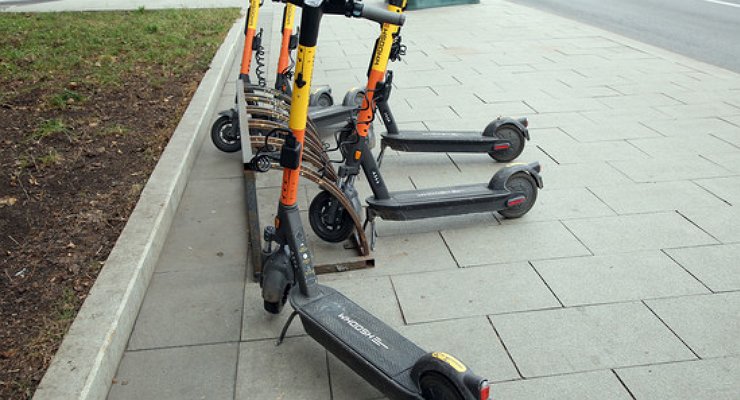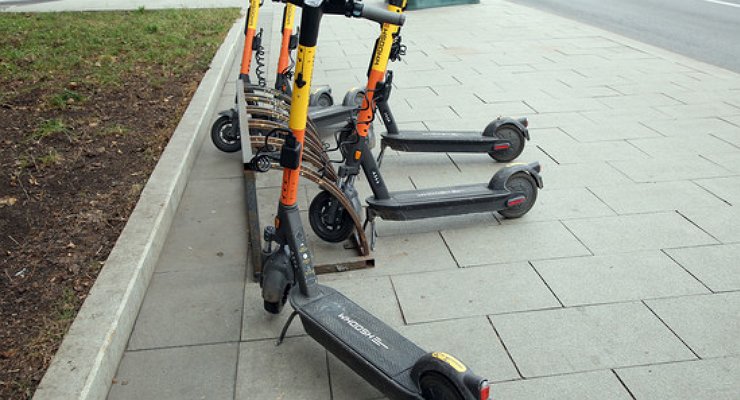
The first official standard for electric personal mobility aids (IM) came into force in Russia on February 1, 2023. The AvtoVzglyad portal talks about why appearance does not affect the number of electric scooter accidents.
GOST R 70514-2022 “Electric means for individual mobility. Technical Requirements and Test Methods”, launched on February 1, is addressed to Russian and foreign manufacturers of electric scooters, bicycles, hoverboards and other similar equipment. The document specifies that the maximum speed of such a device should be limited to 25 km/h and that it must be able to switch to “pedestrian mode” when the speed is forcibly reduced to 8 km/h In addition, the manufacturer is required to provide such vehicles with sound and visual signals to attract the attention of others.
The appearance of this GOST has been asking for a long time, as the Russian electric SIM fleet is growing at an accelerated pace. However, it is not necessary to expect practical benefits from the new standard, as it is not mandatory for the creators of such technology. And there are no mechanisms to force its manufacturers and importers to comply with the requirements of the standard.
Recall that exactly one month later, on March 1, the changes to the traffic rules will come into force. prohibiting riding electric scooters, segways, unicycles and other electric sims faster than 25 km/h. And the mass of such vehicles is limited to 35 kg. Otherwise, such self-driving gadgets are equal in rights and obligations to ordinary bicycles. Compliance with the new requirements of the traffic rules is also a big question, as the legislation does not provide for sanctions for ignoring them.
GOST R 70514-2022 “Electric means for individual mobility. Technical Requirements and Test Methods”, launched on February 1, is addressed to Russian and foreign manufacturers of electric scooters, bicycles, hoverboards and other similar equipment. The document specifies that the maximum speed of such a device should be limited to 25 km/h and that it must be able to switch to “pedestrian mode” when the speed is forcibly reduced to 8 km/h In addition, the manufacturer is required to provide such vehicles with sound and visual signals to attract the attention of others.
The appearance of this GOST has been asking for a long time, as the Russian electric SIM fleet is growing at an accelerated pace. However, it is not necessary to expect practical benefits from the new standard, since it is not mandatory for the makers of such equipment. And there are no mechanisms to force its manufacturers and importers to comply with the requirements of the standard.
Recall that exactly one month later, on March 1, the changes to the traffic rules will come into force. prohibiting riding electric scooters, segways, unicycles and other electric sims faster than 25 km/h. And the mass of such vehicles is limited to 35 kg. Otherwise, such self-driving gadgets are equal in rights and obligations to ordinary bicycles. Compliance with the new requirements of the traffic rules is also a big question, as the legislation does not provide for sanctions for ignoring them.
Source: Avto Vzglyad
Donald Salinas is an experienced automobile journalist and writer for Div Bracket. He brings his readers the latest news and developments from the world of automobiles, offering a unique and knowledgeable perspective on the latest trends and innovations in the automotive industry.














